#vintage lenses
Explore tagged Tumblr posts
Text
Let's talk about vintage lenses.
Here is your cool samurai show with modern lenses.
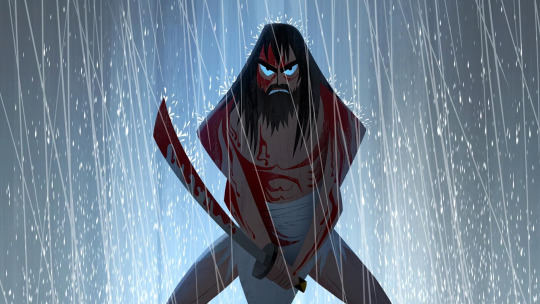
Here is your cool samurai show with vintage lenses.
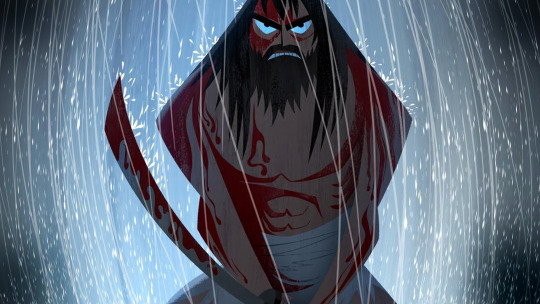
Hollywood is no stranger to fads.
We are currently in the middle of a "make everything too dark" fad. But that fad is starting to overlap with "let's use really old lenses on ridiculously high resolution cameras."
This is Zack Snyder with a Red Monstro 8K camera.
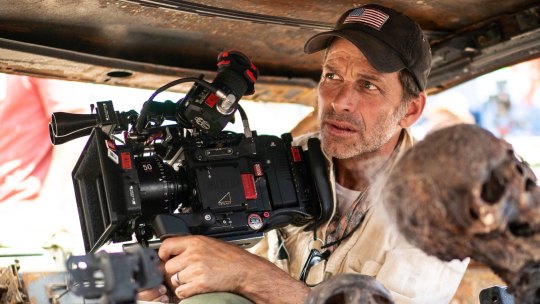
He is using a "rehoused" vintage 50mm f/0.95 Canon "Dream Lens" which was first manufactured in 1961.
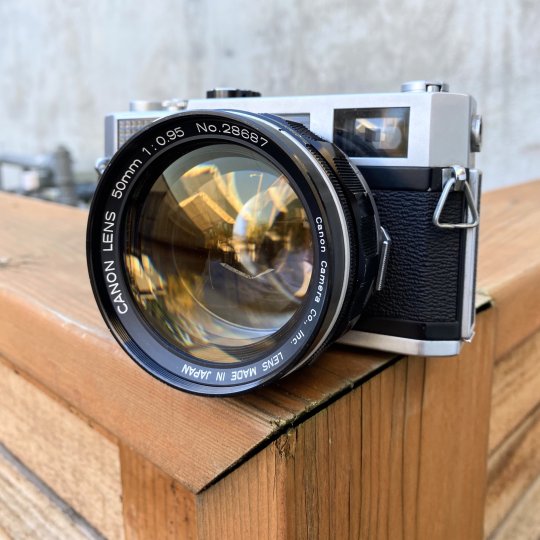
This old lens is put inside a fancy new body that can fit onto modern cameras.
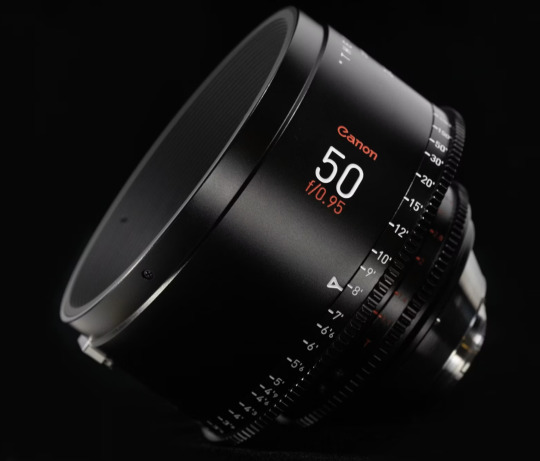
Which means Zack is getting nowhere near 8K worth of detail. These lenses are not even close to being sharp. Which is fine. I think the obsession with detail can get a bit silly and sometimes things can be "too sharp."
But it is a funny juxtaposition.
The dream lens is a cool lens. It has character. It has certain aberrations and defects that can actually be beneficial to making a cool photograph. It's a bit like vinyl records for photography.
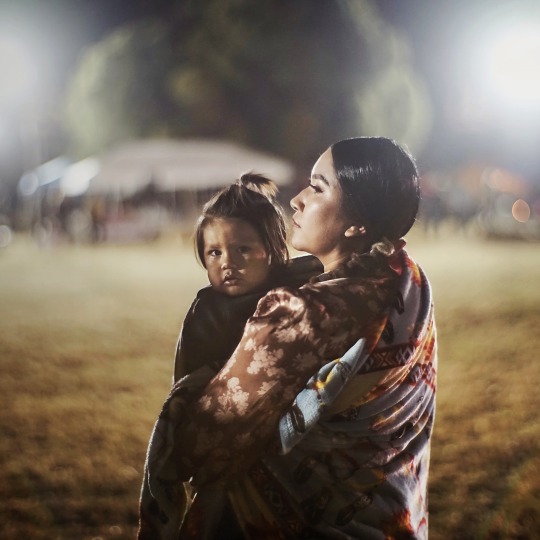
[ Peter Thoeny ]
It has vignetting and distortion and a very strange swirly background blur.

[ Gabriel Binder ]
Optical engineers have been spending the last 60 years trying to eliminate these defects. And I sometimes wonder if they are confused by this fad.
"I WORKED 70 HOURS PER WEEK TO GET PERFECT CORNER SHARPNESS!"
And whether you prefer to work with a perfect optic or a vintage one... it is a valid aesthetic decision either way. I think vintage glass can really suit candid natural light photography. You can almost get abstract with these lenses.
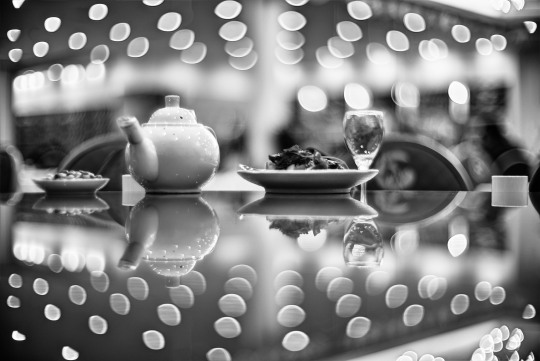
[ Peter Theony ]
Personally I like to start with as close to perfect as possible and then add the character in later. That way I can dial in the effect and tweak how much of it I want. But even with modern image editing tools, some of these aberrations are difficult to recreate authentically.
That said, it can be very easy for the "character" of these lenses to become distracting. And just like when someone first finds the lens flares in Photoshop, it can be easy for people to overdo things.
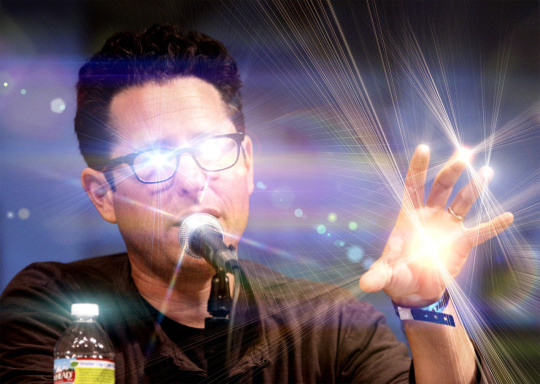
Zack Snyder decided to be his own cameraman and used only vintage glass in his recent movies and it has led to some complaints about the imagery.
I mean, Zack Snyder overdoing something? I can't even imagine it.
Non camera people felt Army of the Dead was blurry and a bit weird but they couldn't quite explain why it felt that way.
The dream lens has a very wide aperture and it lets in a lot of light. But it also has a very very shallow depth of field. Which means it is very difficult to nail focus.

[ Peter Thoeny ]
Her near eye is in focus and her far eye is soft. You literally can't get an entire face in focus.
There is no reason you have to use the dream lens at f/0.95 at all times. But just like those irresistible lens flares, Zack couldn't help himself.
Here is a blueprint that you can't really see.
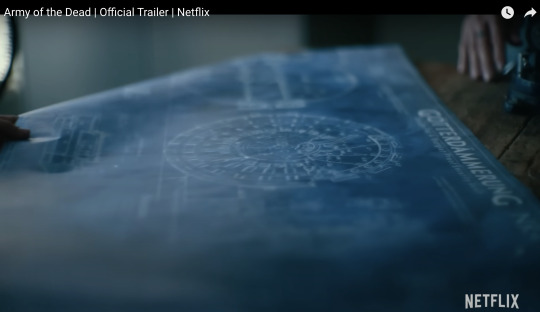
Extreme close ups of faces without autofocus at f/0.95 is nearly impossible to pull critical focus on.

Looks like Zack nailed the area just above the eyebrow here.
Let's try to find the point of focus in this one.
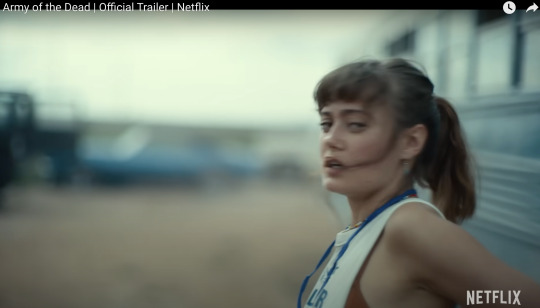
Ummmm... she is just... blurry. Missed focus completely.
But Zack isn't the only one going vintage. I've been seeing this a lot recently.
Shogun is a beautiful show. And for the most part, I really enjoyed the cinematography. But they went the vintage lens route and it kept going from gorgeous to "I can't not see it" distracting. And perhaps because I am familiar with these lens defects I am more prone to noticing. But I do think it hurt the imagery in a few spots.
Vingetting is a darkening of the corners of the frame.
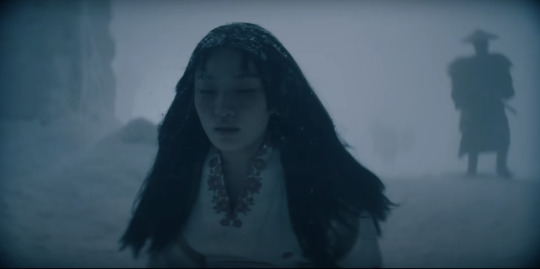
Light rays in the corners are much harder to control. A lot of modern lenses still have this problem, but they create software corrections to eliminate the issue. Some cameras do it automatically as you are recording the image.
Vintage lenses were built before lens corrections where a thing—before software was a thing. So you either have to live with them, try to remove them with VFX, or crop into your image and lose some resolution.
It's possible this is the aesthetic they wanted. They felt the vignetting added something to the image. But I just found my eyes darting to the corners and not focusing on the composition.
And then you have distortion.
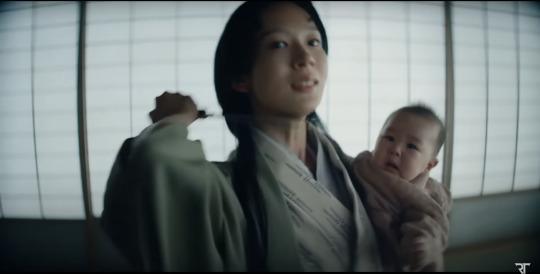
In this case, barrel distortion.
This is mostly prominent in wide angle lenses. In order to get that wider field of view the lens has to accept light from some very steep angles. And that can be quite difficult to correct. So you kind have to sacrifice any straight lines.
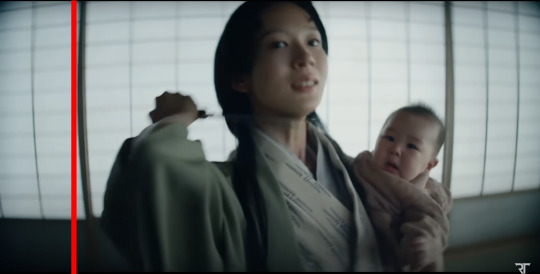
And sometimes this was a positive contribution to the image.
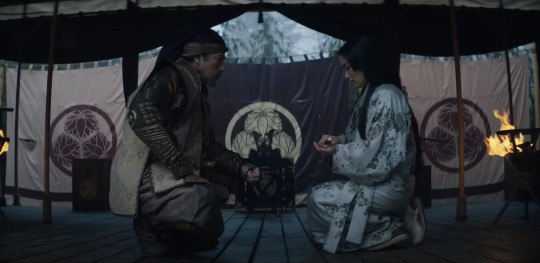
I thought the curved lines matched the way they were sitting here.
But most of the time I just felt like I was looking at feudal Japan through a fish's eye.
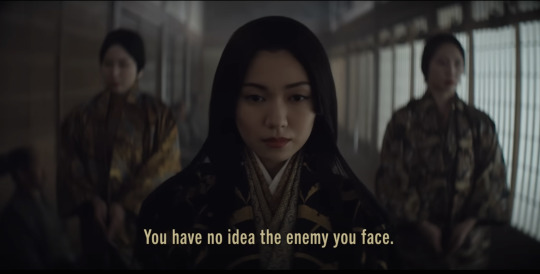
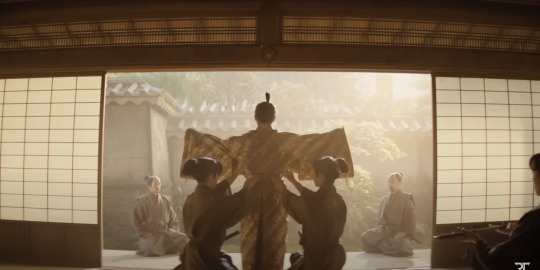

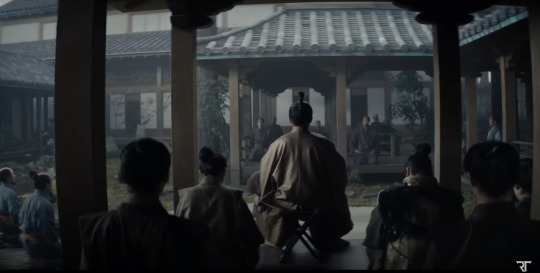
It's a bit more tolerable as a still, but when all of these verticals are bowing in motion, I start to feel like I am developing tunnel vision.
I love that this is a tool that is available. Rehousing lenses is a really neat process and I'm glad this old glass is getting new life.
This documentary shows how lens rehousing is done and is quite fascinating if you are in to that sort of thing.
youtube
But I think we are in a "too much of a good thing" phase when it comes to these lenses. I think a balance between old and new can be found.
And I also think maybe Zack should see what f/2.8 looks like. He might like having more than an eyebrow in focus.
432 notes
·
View notes
Text
youtube
44°58'23.5"N 6°03'54.8"E
youtube/oftwolands
www.oftwolands.com
#of two lands#filmmaking#blackmagic design#bmpcc#video#bmcc6k#vintage#vintage lenses#cinematographer#cinematography#review#gear#camera gear#vintage lens#helios#helios 44 2#contax zeiss#canon fd#filmmaker#cinema camera 6k#blackmagic#youtube#lenses#florent piovesan#Youtube
12 notes
·
View notes
Text
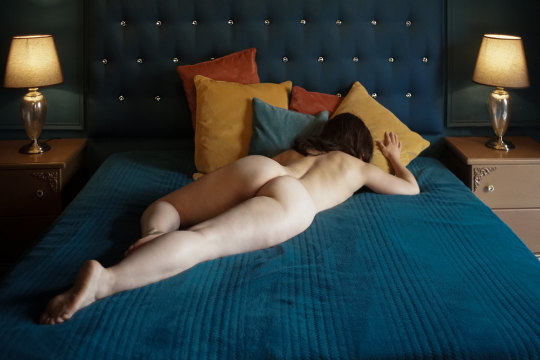
Take a nap, par Vintage Lenses
15 notes
·
View notes
Text



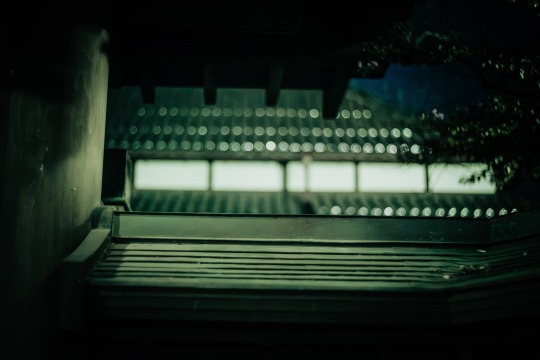

Saturday night photo walk in Saitama City, Japan
6 notes
·
View notes
Text
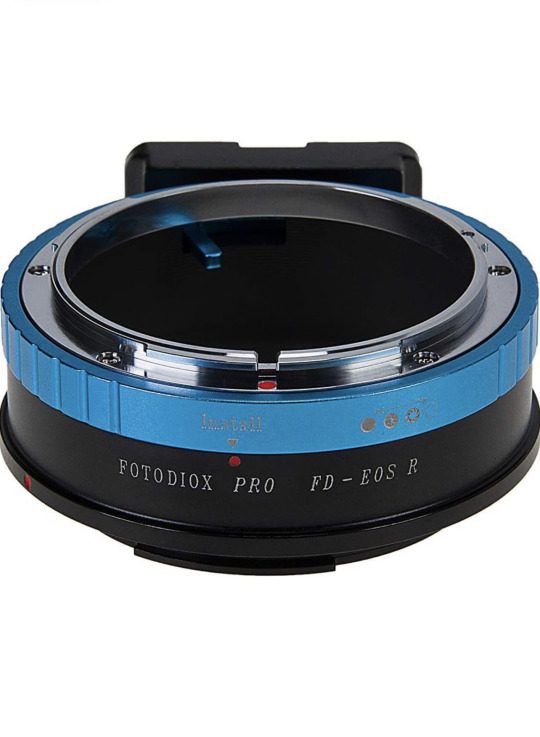


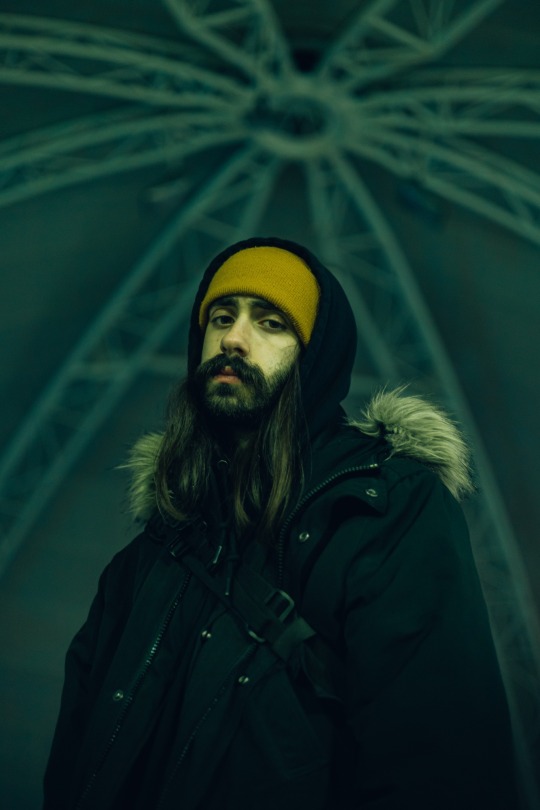


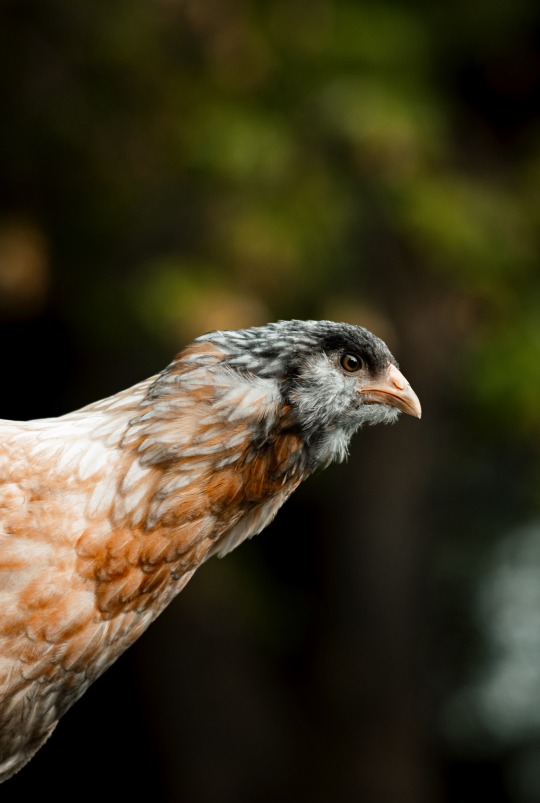

So this Christmas my girlfriend got me this cool adapter that lets me adapt Canon FD lenses to my Canon EOS R. So basically I can use vintage film lenses on my mirrorless. Honestly I’m in love with vintage glass, I have only a hand full of them, but I never spent more than $50 on any lens and the images that come out are amazing. I had a couple of my photography buddies completely blown away that I’m using vintage lenses. Here are two of my favorites, my 50mm f1.8 and my 135mm f2.5. Both super clean, take amazing photos, the bokeh is butter and you can’t tell if this is a modern lens or a vintage lens. My 50mm is a perfect for not only portraits, but great for street photography. My 135mm is perfect for nature and wildlife photography. Not something I do a lot of, but would definitely love to do more of it, but mainly because I own a 135mm for it. I hope to get a 300mm one day as well. Now there is some cons and pros for using vintage lenses. Pros are, not as expensive as modern lenses, like I said I never spent more than $50 on a lens. There are some great ebay deals out there, there are some very expensive FD lenses, that run in the $1,000’s, but those were for making movies. You’re not buying cheap plastic, all these lenses are well made and made of metal. You don’t have to use Canon name brand lenses, as long as it has the FD mount, there are other brands out there that are nice in price and still have the same image quality. Now for the Cons, all the lenses will have to be manual focus, now that is pretty obvious to a lot of photographers, but this is something a lot of photographers will not like and will miss autofocus. Taking videos, there is no auto stabilization, so you will need a gimbal and you will have to manually focus as recording. It can be done and I’m sure that will not bother others, you can buy an adapter with built in autofocus, but that’s $300 for that. Another thing is shopping for the right lens, now I normally recommend ebay, just make sure you read the description. Since these lenses are old, they can develop dust in the glass and fungus. Also I have read where some actually have mold in them, but message the seller if they’re description is vague on the lens. Another con is these will make your weather sealed or weather proof camera not weather sealed or proof. I definitely learned that the hard way one photoshoot. I got a little moisture on my sensor one day when it was raining, thinking I would he good because I’ve shot before in the rain with my RF lens and was completely fine. Now for the last con, some of these lenses are heavy! My 135mm is super heavy, because they are made a of metal and not the cheap plastic you spend $1,000’s of dollars on. So trying hold focus on hold the lens is a sometimes a struggle. I linked the adapter up top of this post and they sell other adapters for other cameras as well.
#photography#canon photography#flint michigan#street photography#canon eos r#photography by#midwest#50mm#vintage lenses#canon fd
5 notes
·
View notes
Text
A new project
Well I say new, it has been ongoing for some time. I just haven’t published anything. Until now.
Welcome to The Vintage Lens. Armed with a selection of adaptors a Fujifilm XE1, a Fujifilm XT3 and the trusty old Samsung NX500 I am back shooting again with a selection of old lenses that I have acquired over the years.
A different approach to previous work as it will mostly handheld and obviously all manual. I try to keep a record of the lenses used but it does get missed at times.
Moving forward you can expect to see.
Forests
Brutalism
There will still be abandoned buildings
Metros
Cities
Concrete
Thanks for stopping by. I hope to see you again soon.
#fuji#fujifilm#too poor for film#vintage lens#vintage lenses#m42#charleroi#lille#metro#forests#Vintage lenses#fujix#fuji x series
1 note
·
View note
Text



https://click.daraz.pk/e/_beFy3Vt
0 notes
Text
Revival of Vintage Lenses: The Latest Trend, Digital Photography
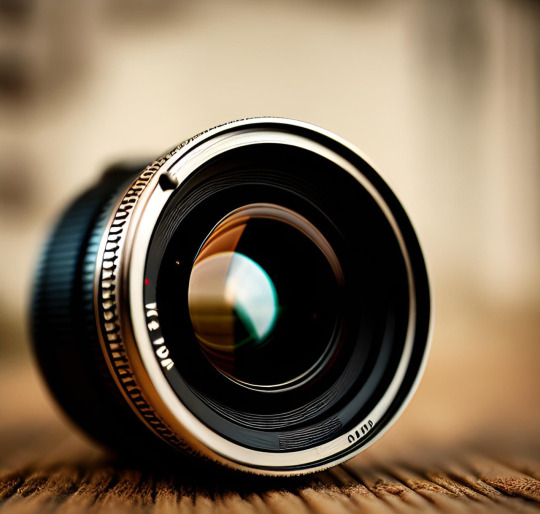
**Revival of Vintage Lenses: The Latest Trend in Digital Photography**
Welcome back to my digital photography blog! Today, we're diving into one of the most intriguing trends reshaping the photography landscape: the revival of vintage lenses. This trend blends the old with the new, offering photographers unique creative opportunities and distinctive visual styles. Let's explore why vintage lenses are making a comeback and how you can incorporate them into your photography toolkit.
### The Allure of Vintage Lenses
#### Unique Optical Characteristics
One of the primary reasons photographers are drawn to vintage lenses is their unique optical qualities. Unlike modern lenses, which are designed to minimize flaws and produce clinically sharp images, vintage lenses often have imperfections that add character to photos. These can include:
- **Soft Focus:** Many vintage lenses produce a softer image, particularly at wider apertures. This can give portraits a dreamy, ethereal quality.
- **Swirly Bokeh:** Certain vintage lenses, like the Helios 44-2, are famous for their distinctive bokeh patterns, which can add an artistic touch to backgrounds.
- **Chromatic Aberration:** While generally considered a flaw, chromatic aberration (color fringing) can sometimes enhance the aesthetic of an image, giving it a unique look that modern lenses typically avoid.
#### Build Quality and Aesthetic
Vintage lenses are often built with metal bodies and manual focus rings, providing a tactile shooting experience that many photographers find satisfying. The craftsmanship of these lenses is typically robust, and their classic design adds a nostalgic aesthetic to your camera setup.
### Adapting Vintage Lenses to Modern Cameras
#### Lens Mount Adapters
To use vintage lenses on modern digital cameras, you'll need a lens mount adapter. These adapters are readily available for most camera and lens combinations. Here’s how to choose the right adapter:
- **Compatibility:** Ensure the adapter matches both your lens mount and camera mount. Popular mounts include M42, Canon FD, and Nikon F for lenses, and Sony E, Canon EF, and Micro Four Thirds for cameras.
- **Quality:** Invest in a good-quality adapter to ensure a secure fit and to avoid light leaks. Brands like Fotodiox and Metabones are known for their reliable adapters.
Manual Focus and Exposure
Most vintage lenses are manual focus, which can be a learning curve for those used to autofocus. However, this can also be an advantage, as it encourages more deliberate and thoughtful composition. Many modern cameras have focus peaking and magnification features to assist with manual focusing.
Additionally, vintage lenses often lack electronic contacts, meaning you’ll need to adjust exposure settings manually. This includes setting the aperture on the lens and adjusting shutter speed and ISO on your camera.
Creative Benefits of Using Vintage Lenses
Enhanced Storytelling
The unique characteristics of vintage lenses can enhance storytelling by imparting a distinctive mood or atmosphere to your images. For instance, the soft focus and warm colour rendition of a vintage lens can evoke nostalgia or romance, making it perfect for portraiture and lifestyle photography.
Experimentation and Learning
Using vintage lenses can reinvigorate your creative process. The need to manually focus and set exposure slows down the shooting process, encouraging more thoughtful composition and a deeper understanding of photographic principles.
Cost-Effective Quality
Many high-quality vintage lenses are available at a fraction of the cost of modern equivalents. This allows photographers to expand their lens collection and experiment with different focal lengths and styles without breaking the bank.
Popular Vintage Lenses to Explore
- **Helios 44-2 58mm f/2:** Known for its swirly bokeh and sharp central focus, this Soviet-era lens is a favorite among portrait photographers.
- **Canon FD 50mm f/1.4:** This lens offers excellent sharpness and beautiful background blur, making it ideal for portraits and low-light photography.
- **Minolta Rokkor 58mm f/1.2:** Renowned for its build quality and pleasing bokeh, this lens is a great choice for those looking to experiment with shallow depth of field.
Conclusion
The revival of vintage lenses in digital photography is more than just a trend; it's a movement that celebrates the artistry and craftsmanship of past generations. By integrating these classic lenses into your modern workflow, you can achieve unique optical effects, enrich your creative process, and produce images with a distinctive charm that sets your work apart.
So, dig out that old lens from your attic or visit a second-hand camera store, grab an adapter, and start exploring the endless
creative possibilities that vintage lenses offer. Happy shooting!
#disabled artist#photographers on tumblr#art#digital art#landscape#artists on tumblr#my art#original art#photographer#adobe photoshop#art blog#blog#vintage#vintage photography#vintage lenses#informative#information#interesting#social#past#cameras#lightroom#nikonphotography#photography
0 notes
Text
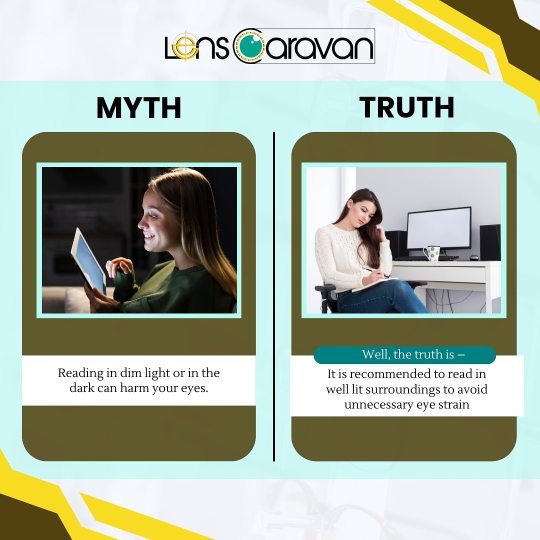
Unleash the Power of Mythical Vision with Lens Caravan! See the World Through Legendary Lenses.
#Best Eye Specialist near Me#lenses#eyehealth#clearview#healthyvision#visioncare#clearsight#clearvision#eyeglasses#eyehealthtips#camera lenses#circle lenses#contact lenses#chicframes#eyesonpoint#rose colored lenses#vintage lenses#camera
0 notes
Text
Gray
#BOLEX#ARRIFLEX#16MM FILM#KODAK#MOTION PICTURE FILM#ROCKAWAY BEACH#EDITORIAL VIDEO#EDITORIAL#MOTION#RED KOMODO#CANON FD#VINTAGE LENSES
1 note
·
View note
Text
An Unfinished Local MacMansion As If In A Classical Painting, Photographed With Our Canon EOS 5D Mark II & A Vintage Lens
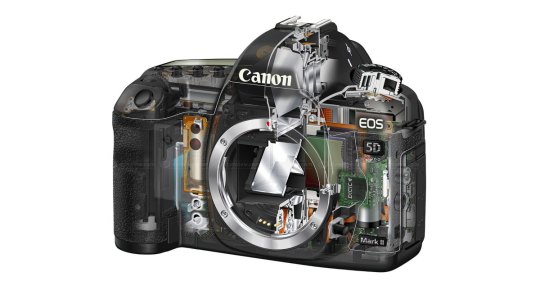
View On WordPress
#@DxOLabs#Canon EOS 5D Mark II#DxO#Leeming LUT Pro#M42-mount lenses#Panagor PMC 28mm f/2.8 Auto#Paul Leeming#Sir Brian Bell#vintage cameras#vintage lenses
0 notes
Photo

#artists on tumblr#furry artists on tumblr#reblogs welcome#reblogs encouraged#boyf commissioned me to draw my own sona bc hes gayyyy#love he#furry#anthro#anime#cute#retro#bunny#rabbit#bunny girl#vintage#commission#floppy ears#coloured lenses
499 notes
·
View notes
Text


6.5.24
#photography#clinton illinois#illinois#digital photography#canon eos 30d#june 2024#june#2024#helios lense#helios 44 lens#helios lens#helios 44 lense#helios#canonphotography#canon camera#canon photography#canon#kitschy#kitsch#vintage#flowers#decor
251 notes
·
View notes
Text

Old PinUp me 💄
#pinup#pin up girl#50s#50s vintage#50s fashion#romantic#femininity#feminine#sof#black woman#black girl#black girl magic#black girl aesthetic#aesthetic#black girls of tumblr#black girl beauty#ebony#makeup#red lipstick#50s makeup#vintage#romantic aesthetic#infj girl#infj#to remember#circle lenses
27 notes
·
View notes
Text
My attempt to fix a Sheaffer Touchdown filler is a success!



There are a lot of parts involved, but nothing super tricky. With a new sac and O-ring and some silicone grease, it filled right up.
It's a pleasant writer, nothing flashy: a medium nib with medium flow. At some point somebody tried to polish the body with wax which was a pain to get off. The pen is visibly used, but otherwise in good shape.
Here it is in its box with its matching pencil, plus the other Statesman set I bought. Check out the handwritten notes!


They're a lovely pair. I just wish I knew what the story was!
#fountain pen#vintage pen#fountain pens#sheaffer pen#diamine ink#touchdown filler#i need to get a macro lense
21 notes
·
View notes
Text

Recent Acquisition - Ephemera Collection
ZEISS Photo-Lenses. Photographic Lenses. Carl Zeiss Inc., New York. 1926
22 notes
·
View notes